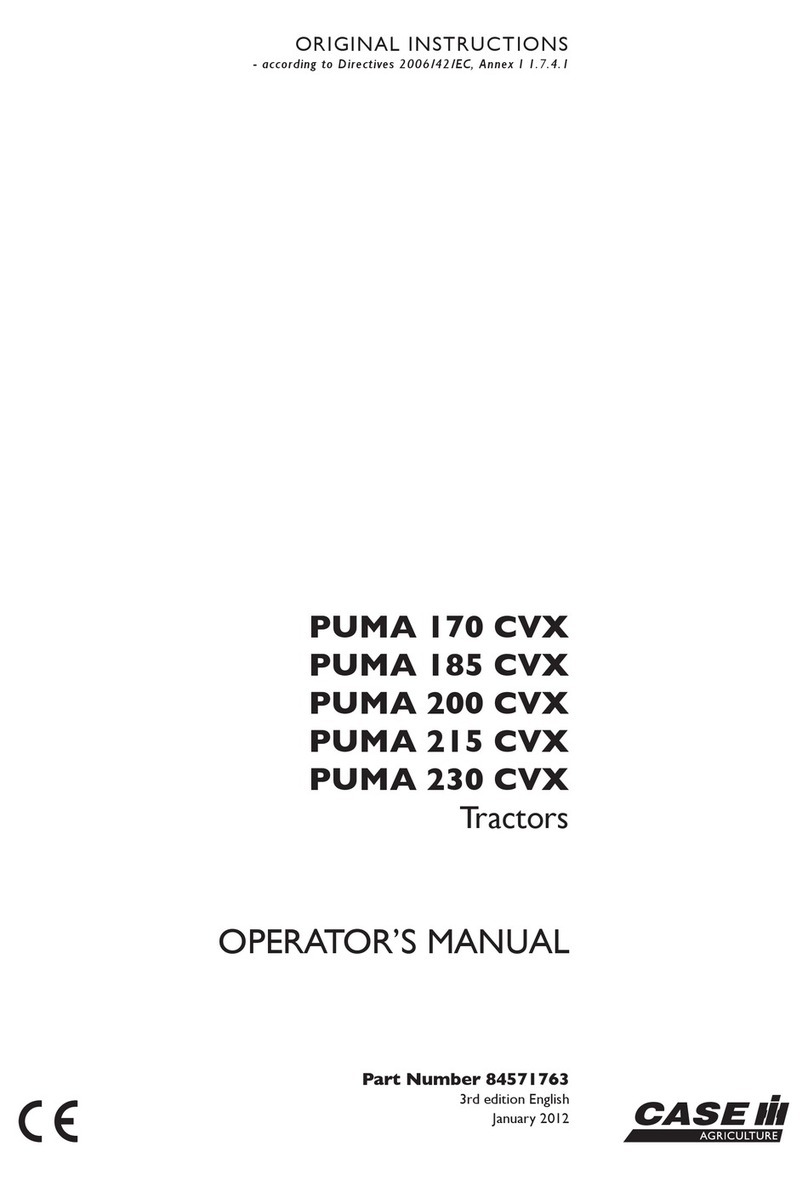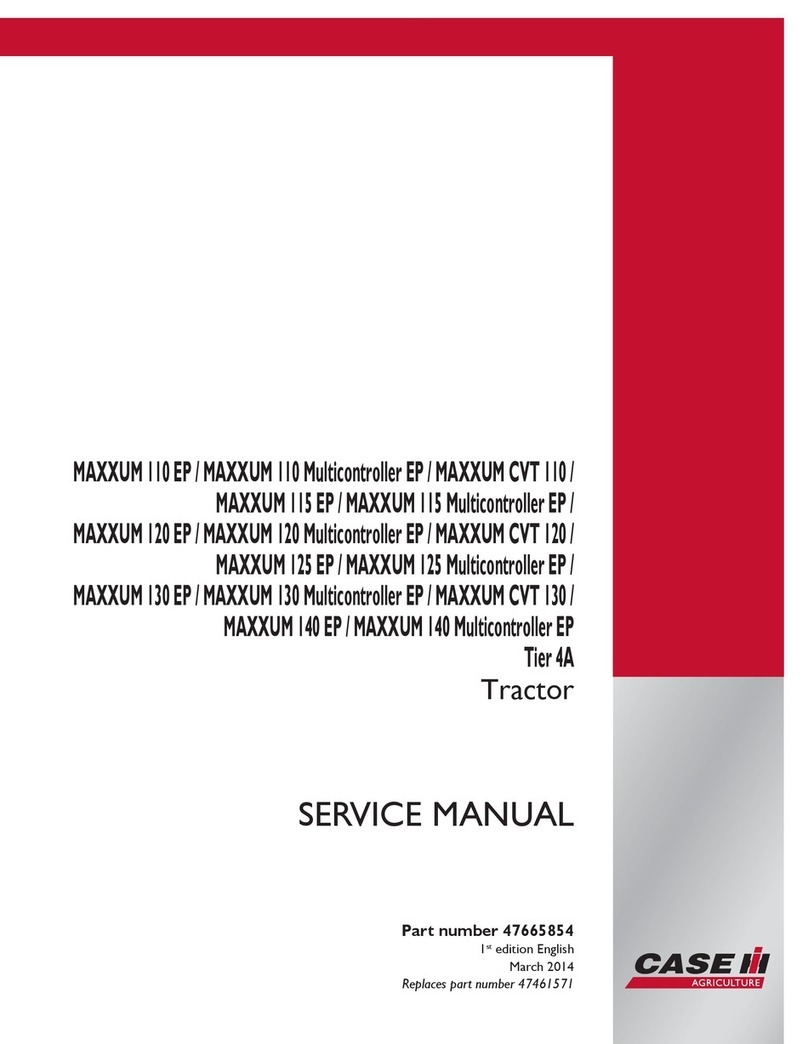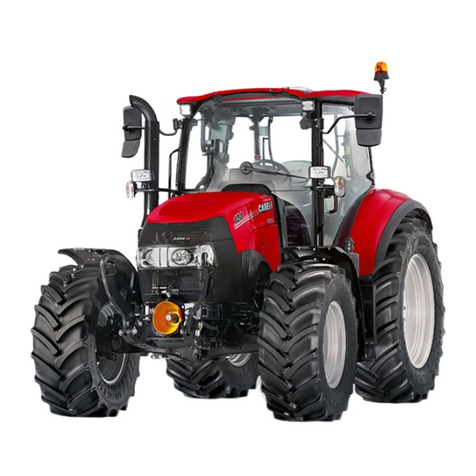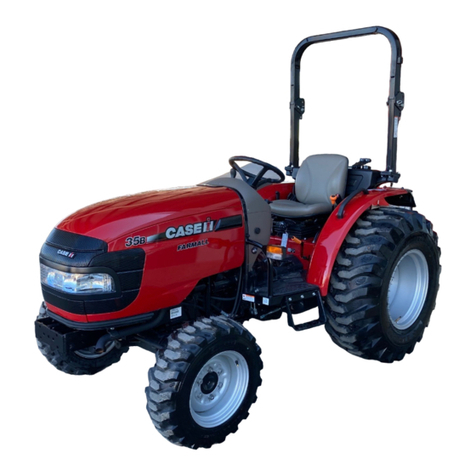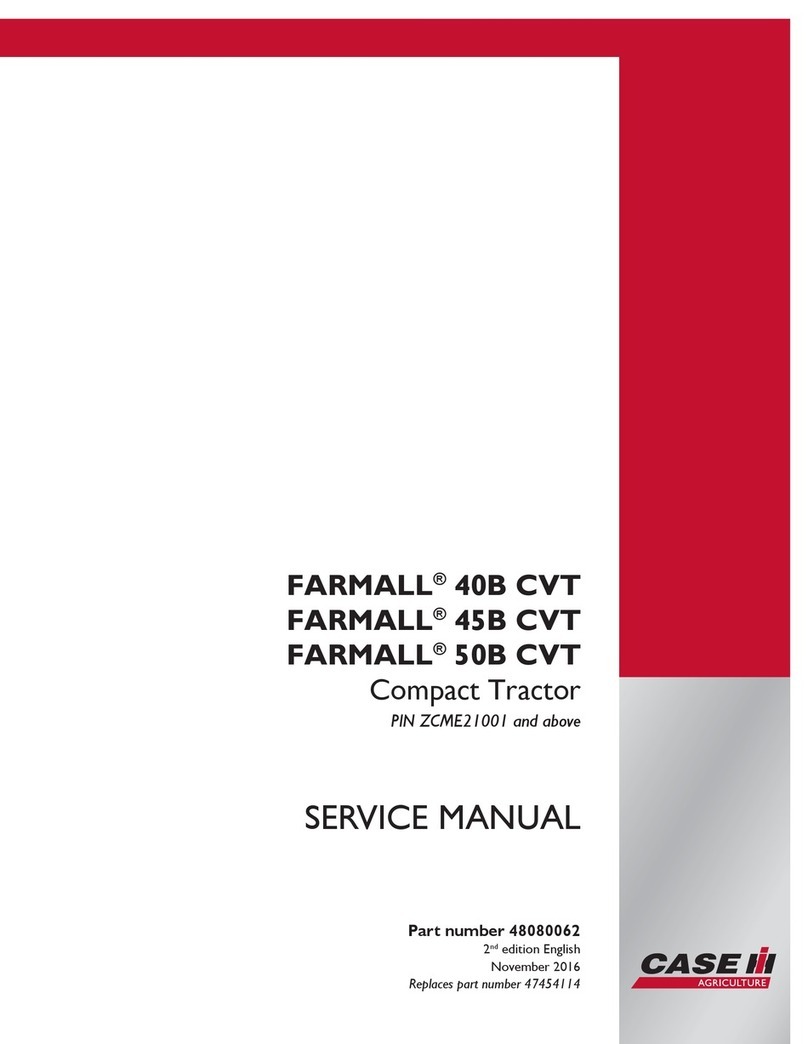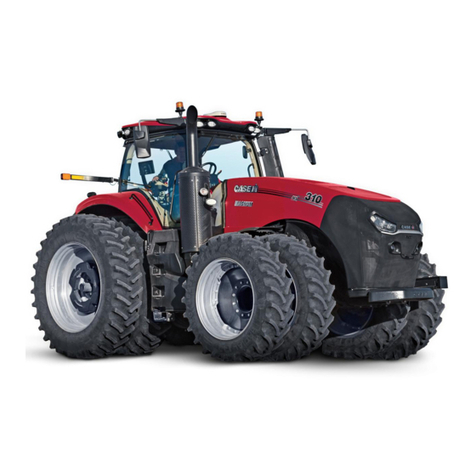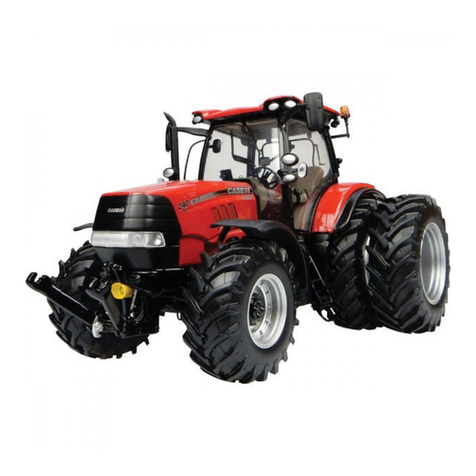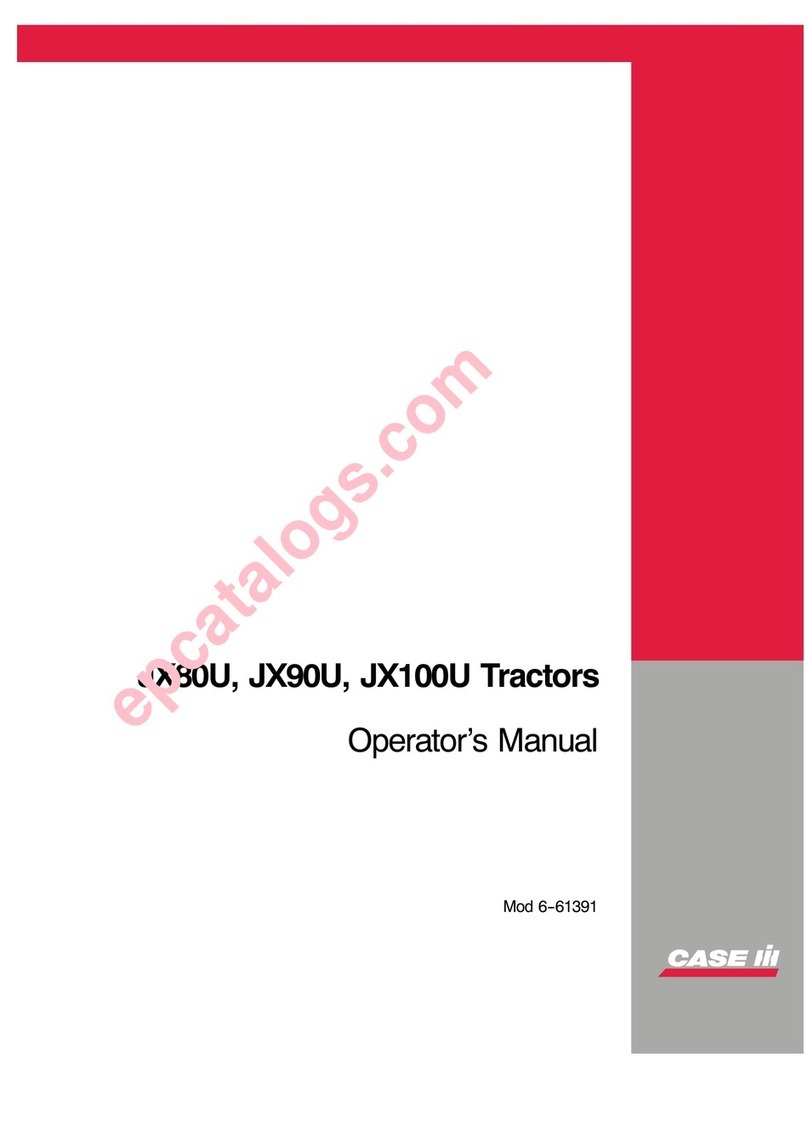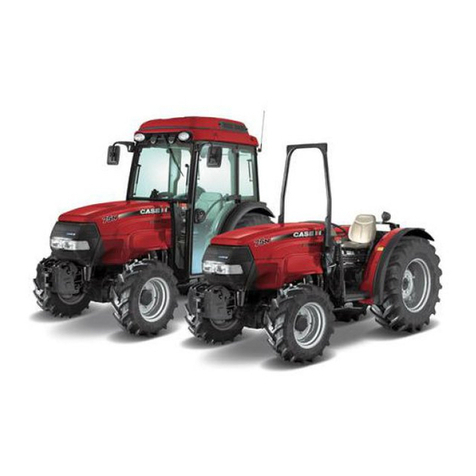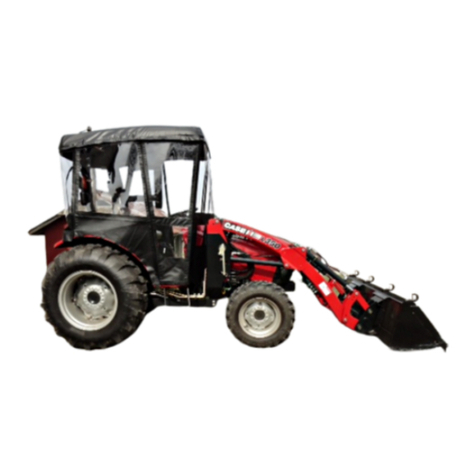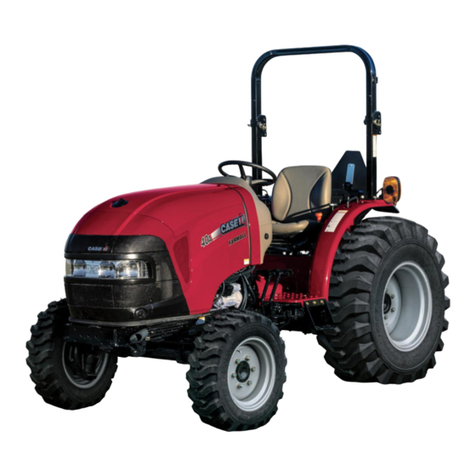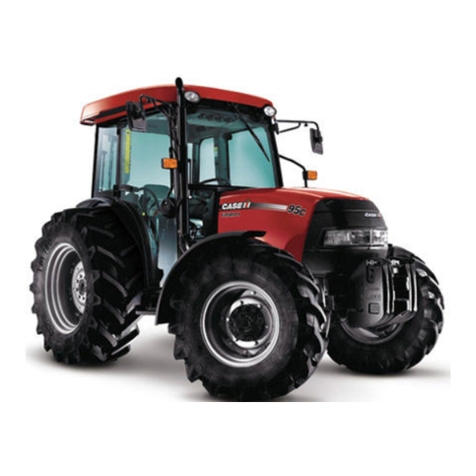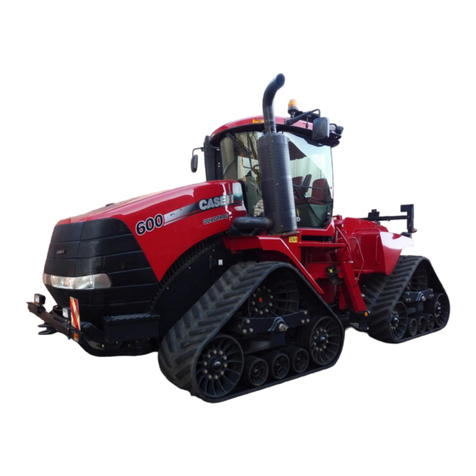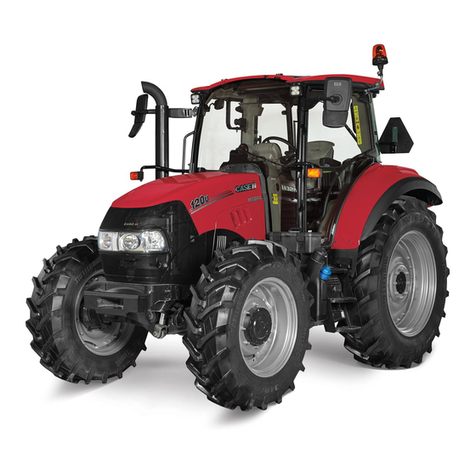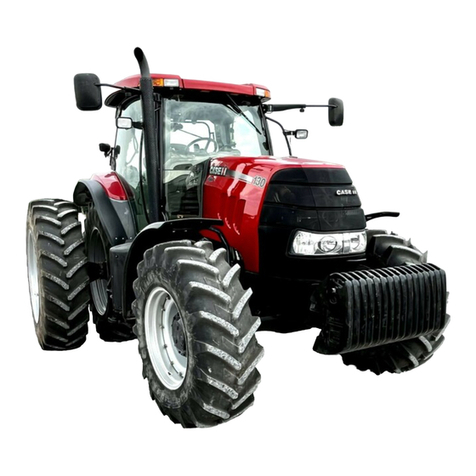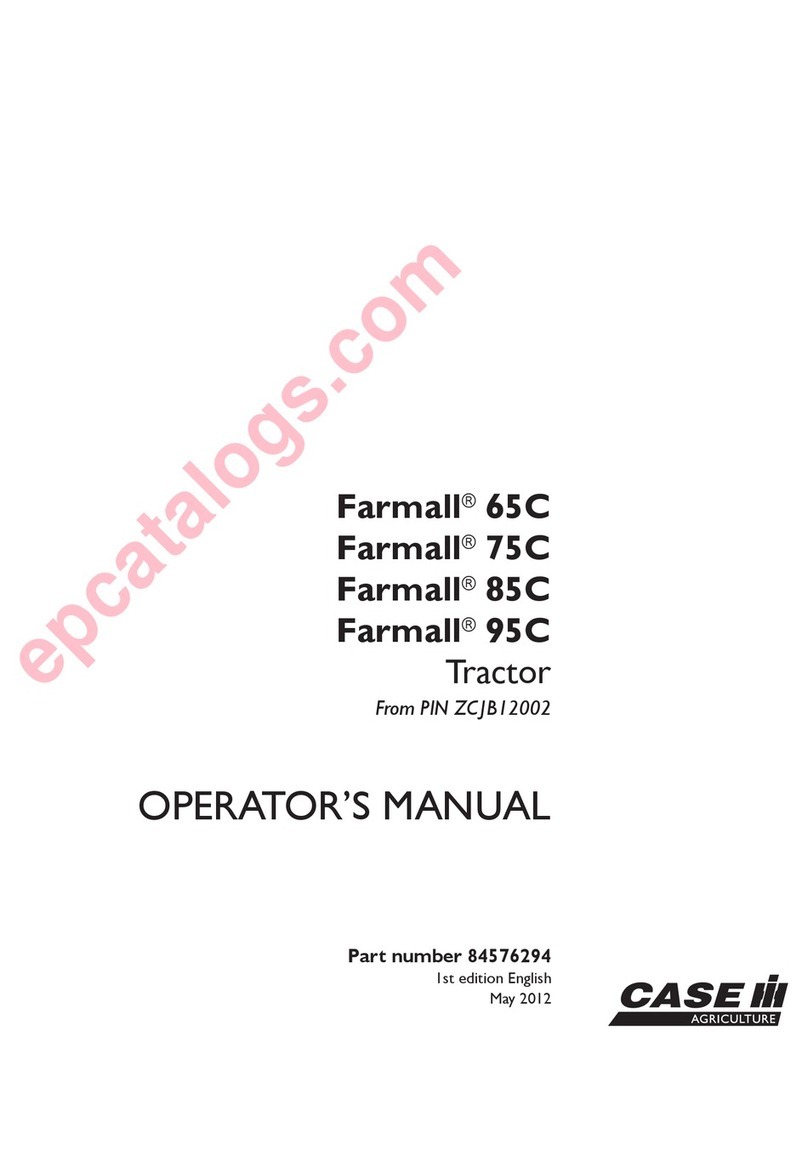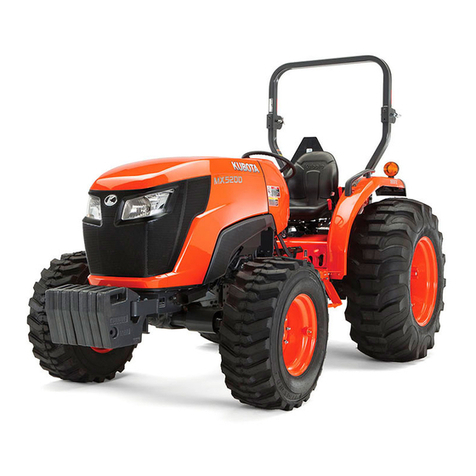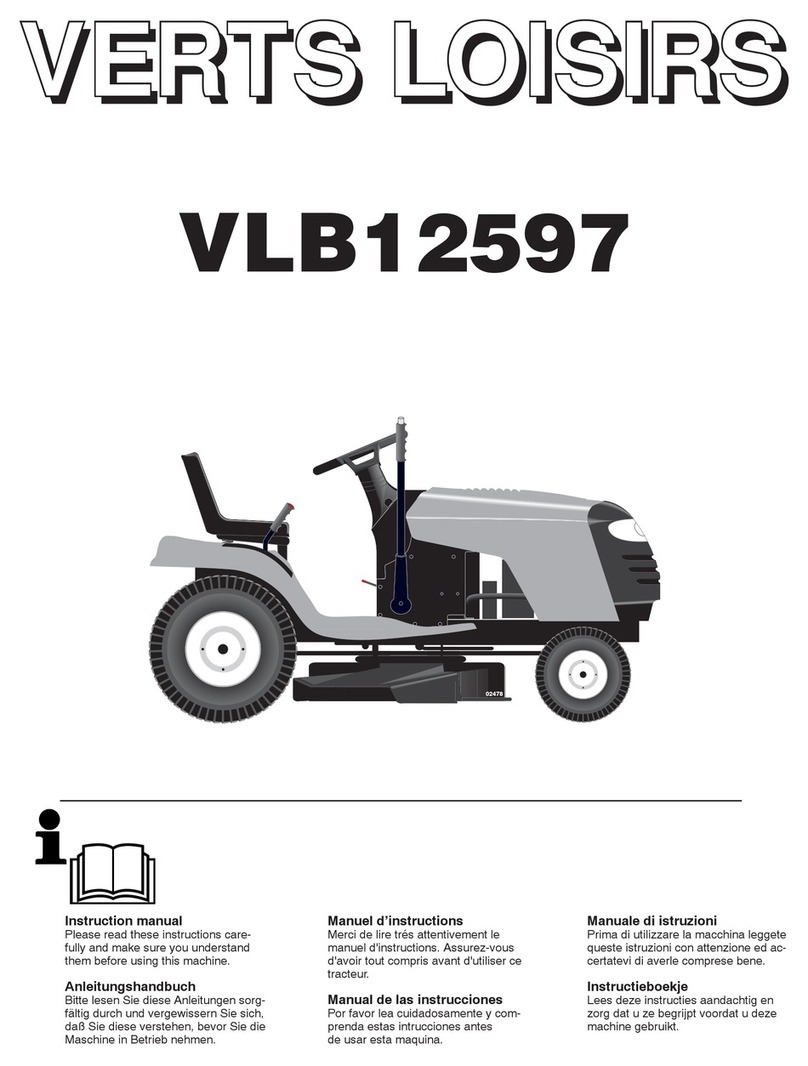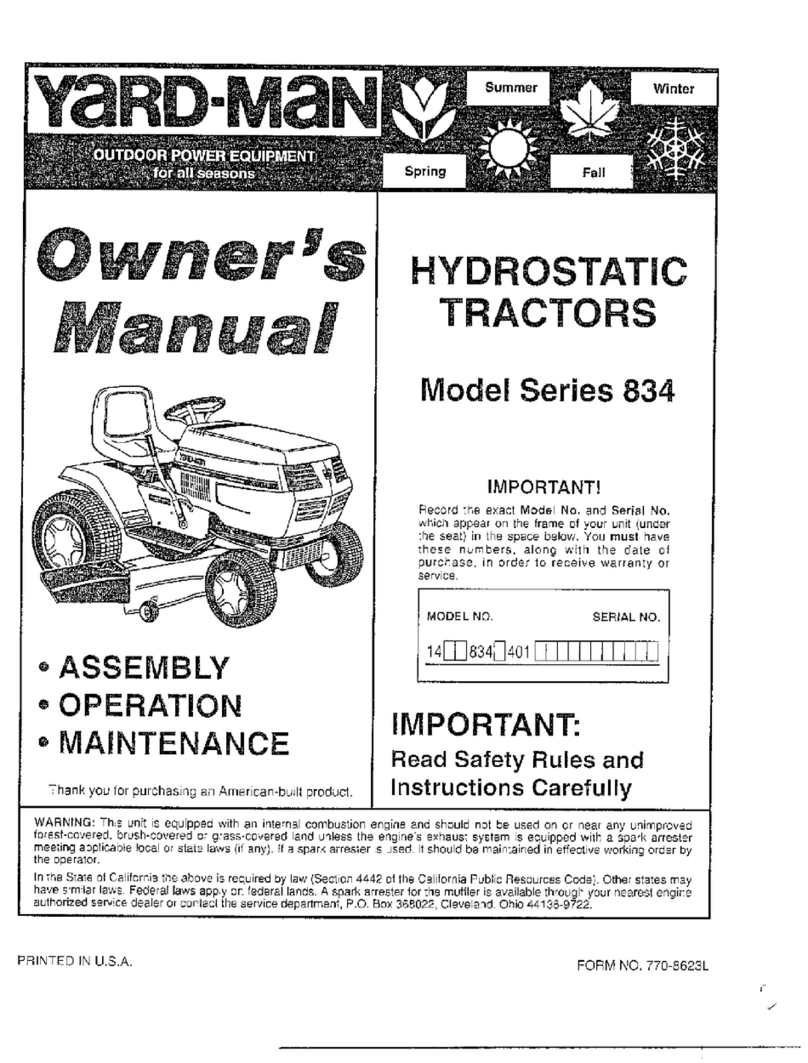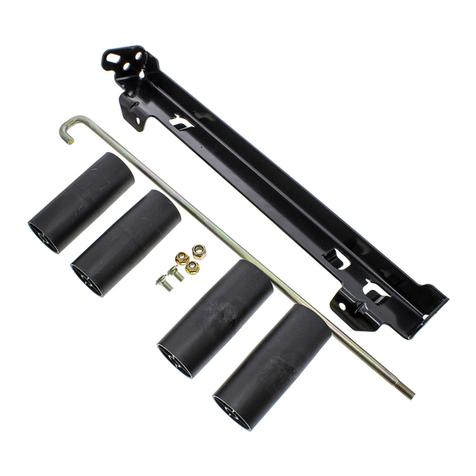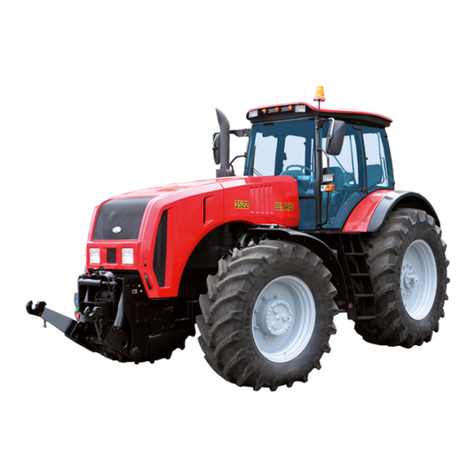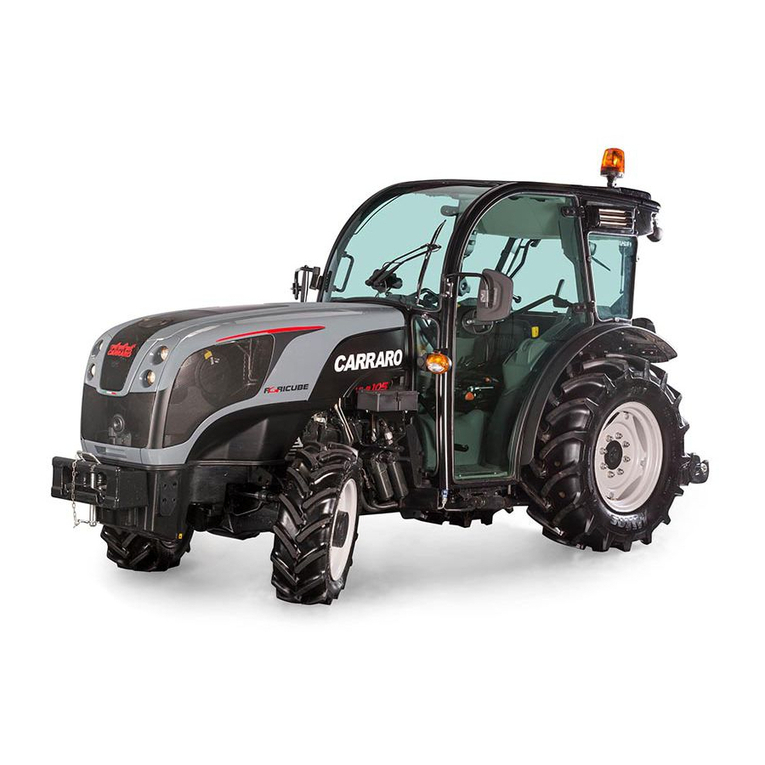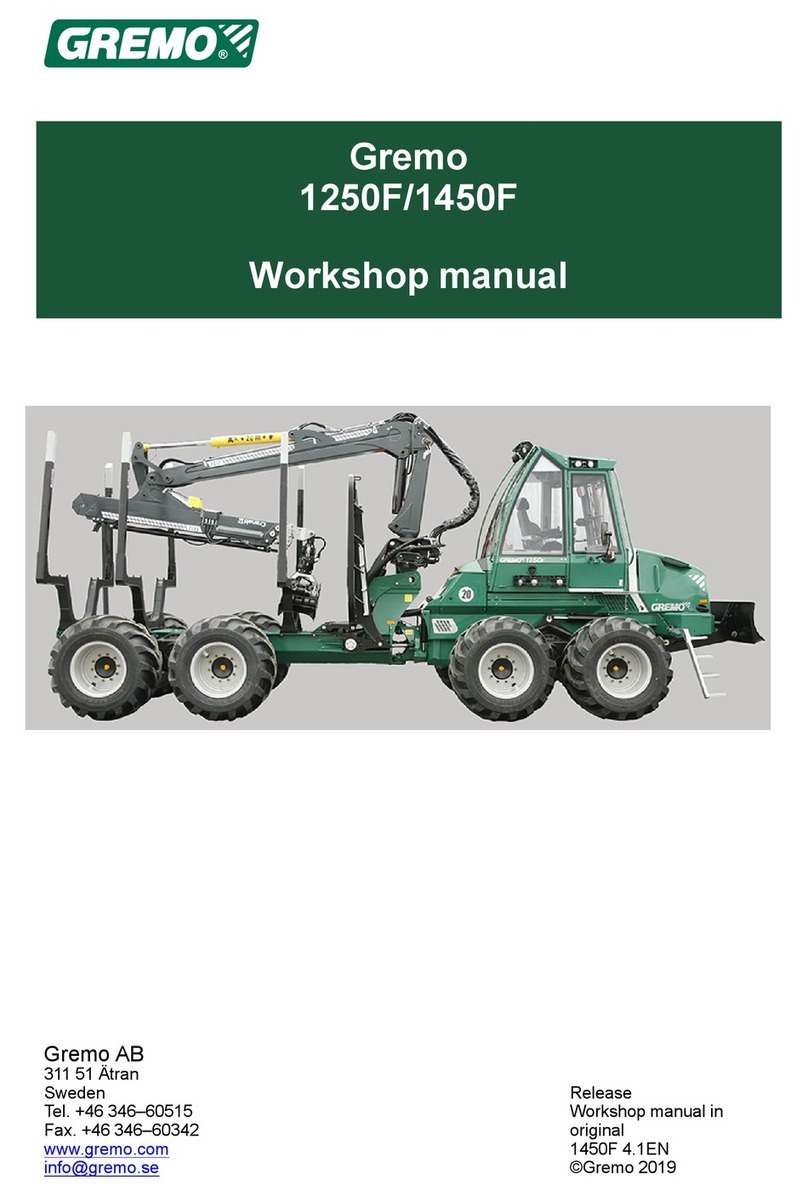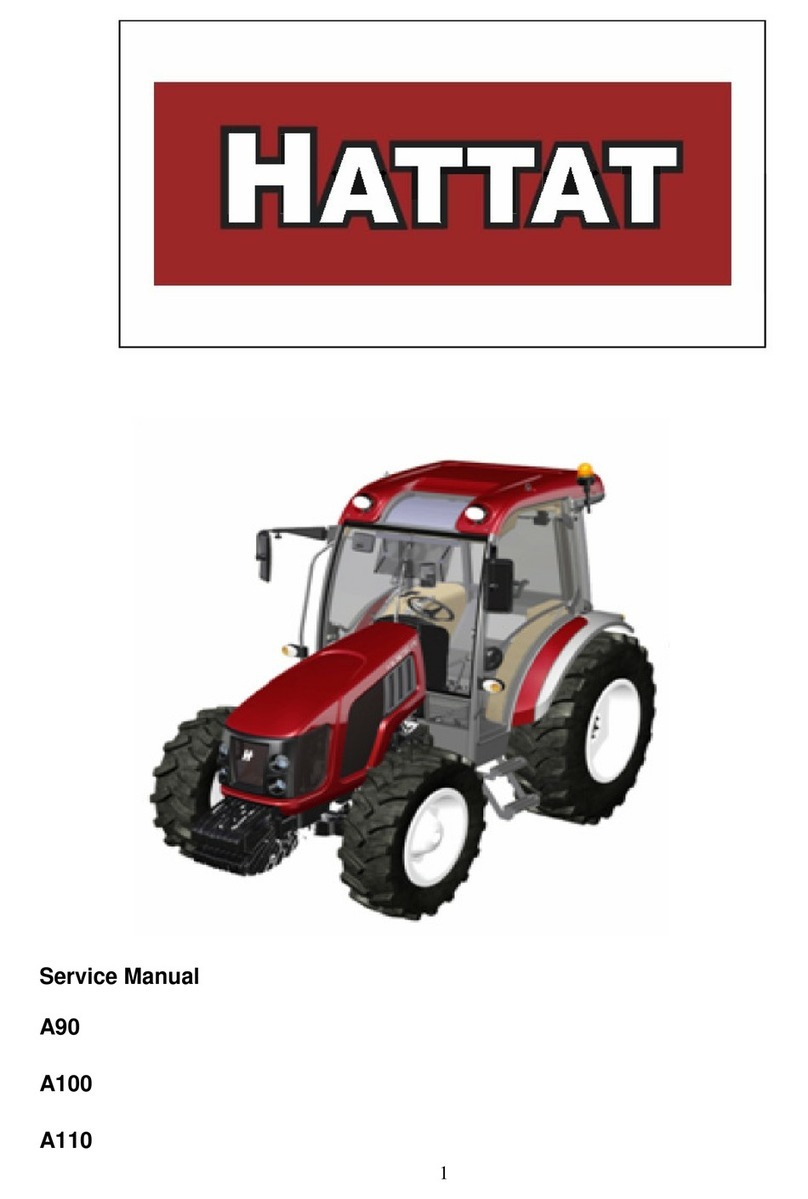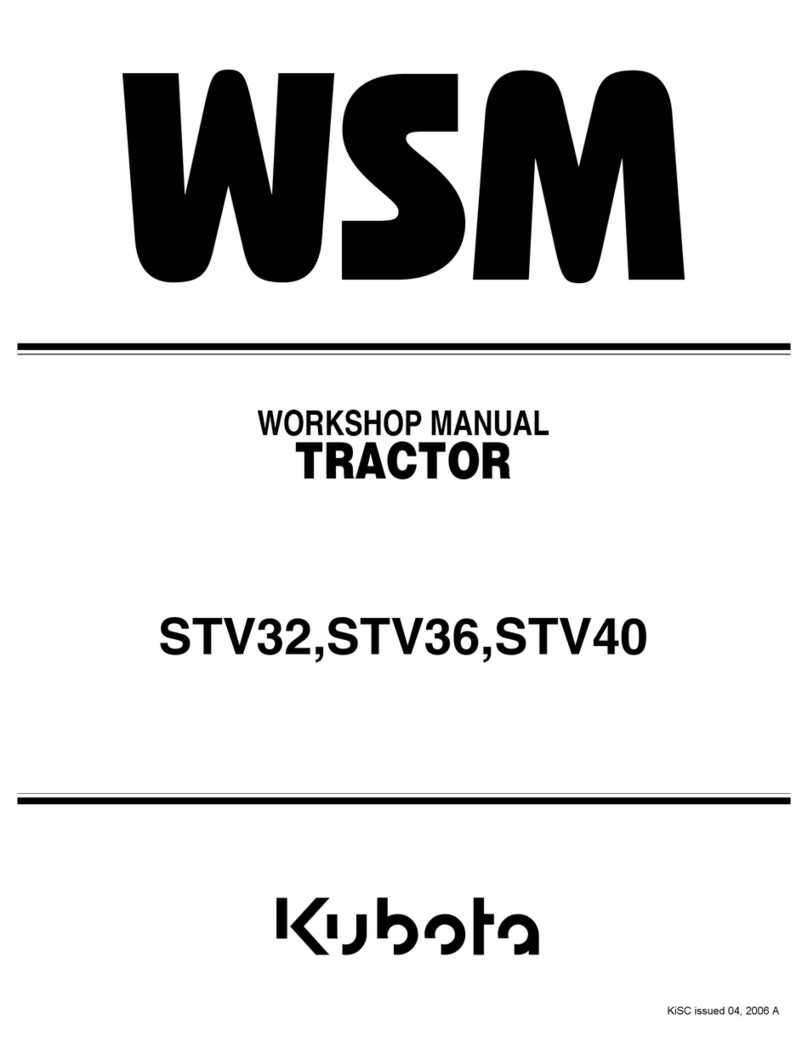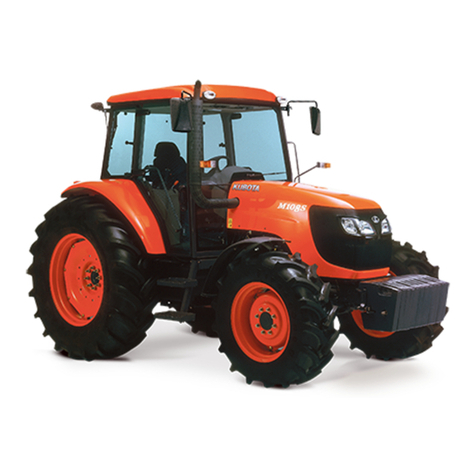
6CONTENTS
84419878A -- 06 -- 2011
Page Date
Air conditioning system
maintenance ............ 16--17 06--11
Troubleshooting ......... 18--19--20--
21 06--11
Refrigerant recovery--recy-
cling and evacuation--char-
gingstations ............ 22--23 06--11
Dehydration, recharging
and refrigeration check . . . 24--25--26--
27--28--29--
30 06--11
Checking for and elimina-
tinganygasleaks ....... 31--32 06--11
Cab heating/air--conditio-
ning system. Removal -- In-
stallation ............... 33--34 06--11
Cab electric fan unit. Disas-
sembly--Assembly ...... 35 06--11
Air--conditioning system
condenser removal--instal-
lation .................. 36 06--11
55 -- ELECTRICAL SYSTEM
CHAPTER 1 -- Instruments
Summary............... 1 06--11
Digital analog instrument 2 06--11
Speedometer/tachometer . 3 06--11
LCD panel settings ...... 3÷706--11
Coolanttemperature ..... 7 06--11
Fuellevel............... 7 06--11
Indicatorlights .......... 8÷906--11
Transmitters, sensors and
switches ............... 10÷20 06--11
Electronic control unit in-
puts/outputs(ADIC)...... 21÷23 06--11
CHAPTER 2 -- Starting System
Summary............... 1 06--11
Technicaldata .......... 2 06--11
TorqueSpecifications .... 2 06--11
Description and operation . 3 06--11
Starter and recharging cir-
cuit .................... 4--5 06--11
Troubleshooting ......... 6--7 06--11
Fuse and relay locations . . 7--8 06--11
Page Date
Systemtesting .......... 8÷10 06--11
Starter motor removal--in-
stallation ............... 11÷13 06--11
CHAPTER 3 -- Charging system
Summary............... 1 06--11
Technicaldata .......... 2 06--11
TorqueSpecifications .... 2 06--11
Tools................... 3 06--11
Description and operation . 3--4 06--11
Systemtesting .......... 5 06--11
BeltTension ............. 6 06--11
Alternator motor removal
andinstallation .......... 7--8 06--11
CHAPTER 4 -- Battery
Summary............... 1 06--11
Technicaldata .......... 2 06--11
Description and operation . 2 06--11
Battery removal and instal-
lation .................. 306--11
Battery testing and char-
ging procedure .......... 4÷14 06--11
CHAPTER 5 -- Electrical circuits
Summary............... 1 06--11
Maxipowerfuses........ 2÷506--11
Powerfuses ............ 5÷34 06--11
Batterycut--out .......... 34 06--11
Sockets ................ 35--36 06--11
Grid heater ............. 37 06--11
Electronic modules ...... 37--38 06--11
Main Connectors ........ 38--39 06--11
Ground points identification 40÷42 06--11
How to use the wiring dia-
grams.................. 43÷47 06--11
Components in descriptive
order .................. 48÷52 06--11
List of tables for system wi-
thout “standard and full op-
tional” cab .............. 53--54 06--11
Components with code in
ascending order ......... 55÷57 06--11
Find manuals at https://best-manuals.com
